Effective Strategies for Streamlining Product Prioritization
Written on
Understanding Product Prioritization Challenges
Recently, I was approached by an executive from another company who inquired about our approach to prioritizing products and features. He expressed concern, stating, “How do you handle it? It's a challenge for us.” My immediate suggestion was to empower the product manager to make final decisions, as that is their designated role. However, I was surprised to learn that their existing framework involved the product manager and a group of individuals meeting weekly to negotiate decisions—often without a clear resolution.

Recognizing the Basics
This issue is not as complicated as it seems; there are fundamental steps to improve the process:
Request Intake
This step is crucial and should not be overlooked. Establish a straightforward request intake process for feature proposals. Using an online form, such as those offered by MS Forms or Smartsheet, can streamline this process. Ensure the form captures essential information that allows the product manager to make informed choices.
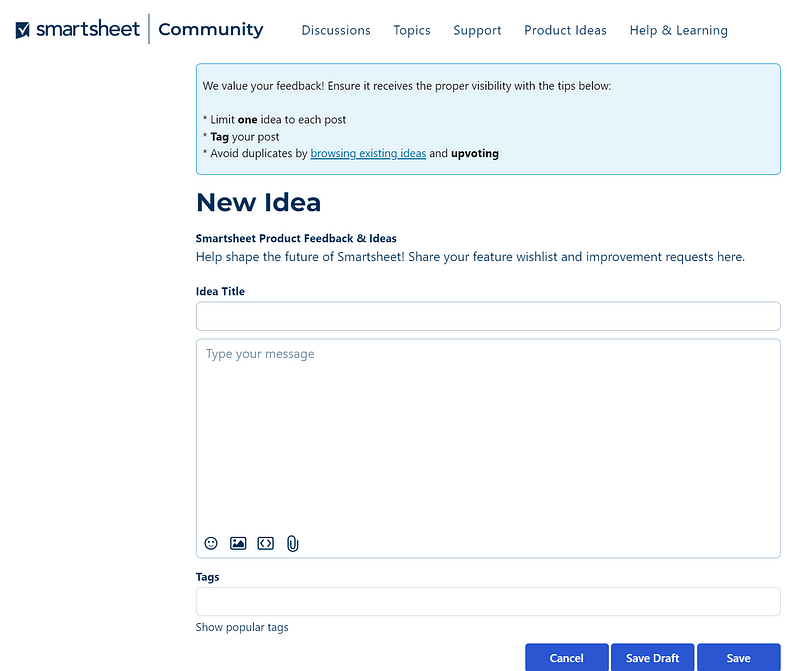
You might consider adding fields such as “Who needs this?” and “Why is it needed?” to help frame user stories like: As a [role], I need [feature], so that [benefit]. Additionally, include a way to contact the requester for further details if necessary.
Prioritization Framework
It’s essential to agree on a prioritization framework that resonates with both your team and other stakeholders. Here are a few common frameworks to consider:
- MoSCoW: This simple framework categorizes requests into four groups: Must have, Should have, Could have, and Won't have. Teams can prioritize features based on these categories.
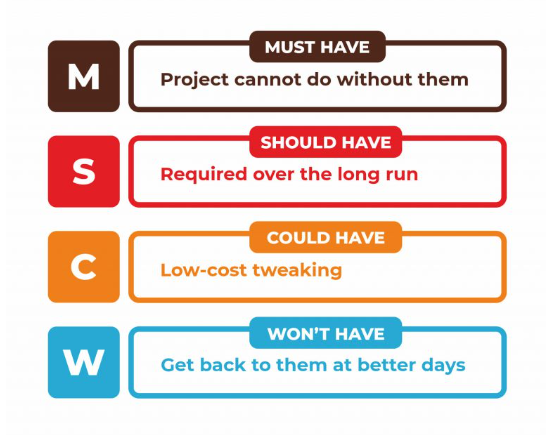
- Kano Model: While more complex, this model categorizes features based on customer feedback regarding functionality. This method helps identify the Minimum Lovable Product.

- WSJF (Weighted Shortest Job First): This scoring system from the Scaled Agile Framework (SAFe) provides a simple way to evaluate features by considering user value, business value, time criticality, and risk.
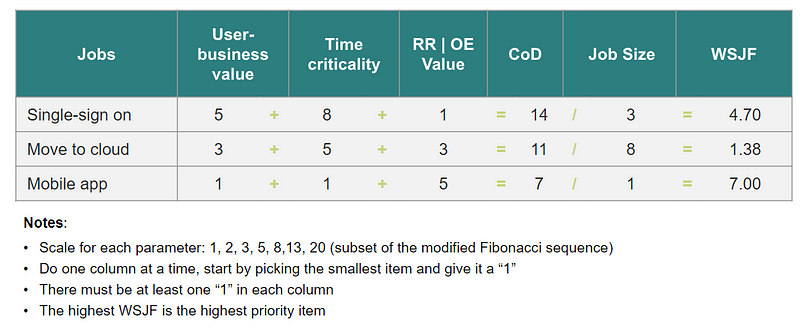
- RICE: This model evaluates Reach, Impact, Confidence, and Effort to prioritize tasks effectively.

While there are many frameworks available, it’s important to keep your approach simple to ensure success.
Establishing a Feedback Loop
Ensuring transparency in the status of feature requests is vital to minimize friction within your organization. Implement a system where requesters can easily check the status of their submissions, using tools like Productboard or Smartsheet.
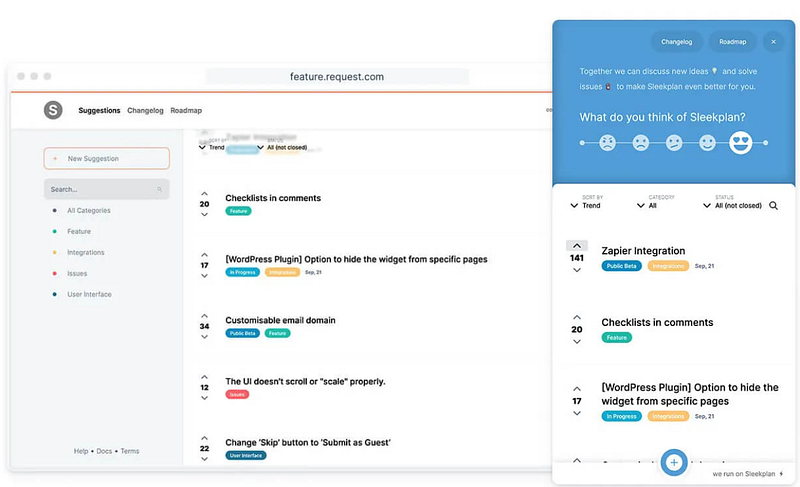
Timely processing of requests is equally important. Establish service level agreements (SLAs) to define the expected timeframe for processing requests and updating the product roadmap.
Finding Balance in Priorities
Once you’ve categorized work items by priority, it’s essential to balance your sprints to avoid focusing solely on high-priority features at the expense of technical debt or bugs. Properly allocate resources across different functional areas to maintain a healthy workflow.
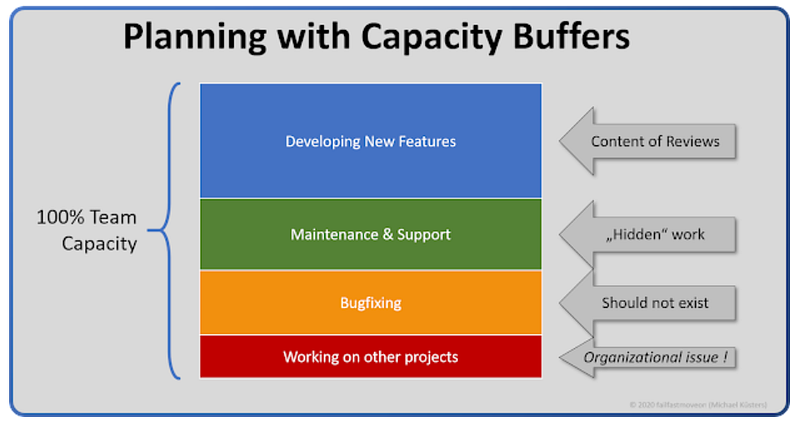
Leadership and Decision-Making
Effective leadership plays a crucial role in successful prioritization. Consider a scenario where a feature request aimed at increasing user engagement could adversely affect profit margins. Misalignment in priorities can lead to confusion across teams. Define clear objectives and decision-making principles to ensure everyone is aligned and knows who holds the authority to make final calls.

The People Factor
The dynamics within your team significantly impact prioritization. Here are three key strategies to enhance collaboration:
- Right Fit for Roles: Ensure decision-makers are well-equipped with the right skills and mindset.
- Grant Autonomy: Clearly define boundaries so everyone knows who can make decisions when conflicts arise.
- Foster Team Cohesion: Encourage a collaborative environment, potentially with the help of a coach, to enhance teamwork.
Final Thoughts
While navigating the complexities of product prioritization may seem daunting, it can be managed effectively with the right tools and approach. If your organization faces challenges in this area, take the initiative to implement these strategies and lead your team toward success.
Watch Dan Olsen's talk on "Demystifying Minimum Viable Product (MVP)" for deeper insights into prioritization challenges and solutions.
In this engaging live talk, "You Don't Have a Prioritization Problem, You Have a Strategy Problem," explore the strategic aspects of prioritization in product management.
